
Instrument Cluster: The Dashboard Wizard That Makes You Feel Like Iron Man
Global electronic component supplier ERSAELECTRONICS: Rich inventory for one-stop shopping. Inquire easily, and receive fast, customized solutions and quotes.
1) What Is an Instrument Cluster: Past, Present & Future
The instrument cluster—sometimes called dashboard display, gauge cluster, or simply “cluster”—is the component in a vehicle’s cockpit that gives driver critical real-time feedback: speed, engine rpm (or motor speed in EV), fuel or battery level, warning lights, temperature, etc. In old days, it was all analog: dials, moving needles, incandescent bulbs. Over time, hybrid clusters with partial digital overlays appeared. Now, fully digital clusters dominate many newer models. They often integrate navigation, ADAS (Advanced Driver Assistance Systems), media info, even augmented-reality overlays. In this article we dive deep into the instrument cluster and related electronics.
Historically, instrument clusters were purely mechanical or mechanically driven (cables or shafts). Then came electronic analog: stepper motors for needles, electrical sensors feeding analog circuits. With the rise of microcontrollers, digital signal processing, and display tech, clusters became more flexible: easier to reconfigure, better graphics, better safety through warnings. EVs and hybrid vehicles pushed this more: battery range displays, regeneration meters, energy flow, etc.
In the near future, instrument cluster evolution will be driven by software-defined vehicles, AR/VR integration (heads up displays), customizable driver profiles, richer connectivity, cybersecurity, and maybe even mood-based displays (if you want your cluster to match your playlist). The instrument cluster market is estimated to grow significantly: for example, one study forecasts the digital instrument cluster market size to grow from USD ~4.74 Billion in 2024 to ~USD 18.42 Bn by 2031.
2) Key Functions and Components of an Instrument Cluster
What does an instrument cluster do, and what parts make up that magic?
Core Functions (always required)
- Speedometer (speed readout)
- Tachometer or motor speed / RPM or rev counter (for ICE or hybrids)
- Fuel gauge / battery level / range estimate
- Temperature gauges: engine coolant, ambient, battery pack (in EVs)
- Warning lights / tell-tales (oil pressure, check engine, low battery, ABS, airbags etc.)
- Odometer / trip meters
- Gear selection or drive mode indicator (park, reverse, sport, eco etc.)
- Indicator lights for blinkers, high beams, seat belts, doors open etc.
Advanced / Optional Functions
- Navigation info / map segments on cluster
- ADAS alerts (lane departure, forward collision, blind spot, traffic sign recognition)
- Multimedia or phone info (incoming call, track title)
- Customizable cluster layouts (drivers choose what info is prominent)
- Real-time diagnostics: tire pressure, oil life, battery health etc.
- Ambient/environmental data: outside temp, altitude, weather, etc.
- EV metrics: regen level, charging info, battery thermal status etc.
Main Components
The cluster is composed of:
- Sensors / input sources: speed sensors, temperature sensors, fuel sensors, battery sensors, ambient sensors, maybe CAN bus messages from other modules.
- Microcontroller or SoC: to gather data, process it, generate graphics (if digital), manage refresh, handle warnings etc.
- Display or gauge mechanism: analog needles + printed scale + illumination OR digital display panel (LCD, TFT, OLED, etc.)
- Backlighting, illumination, driver LED / lamp drivers
- Power supply, regulators, possibly dimming circuits for night/day modes
- Connectivity: CAN, LIN, FlexRay, Ethernet (in newer vehicles) for instrument cluster to communicate with other ECUs.
- Housing, lens, protective covers, anti-glare coatings, physical buttons or capacitive touch controls.
3) Display Technologies in Instrument Clusters: Analog, Hybrid, Fully Digital
When you think “instrument cluster,” your mind may think of traditional analog needles. But modern instrument clusters use diverse display tech, each with pros & cons:
| Type | What It Is | Pros | Cons |
|---|---|---|---|
| Analog | Physical needles + printed overlay, bulbs/LED backlight | Immediate readability, classic aesthetic, typically robust | Limited customizability, fixed size/spacing, less info density |
| Hybrid | Mix: analog gauges + small digital area | Some custom info, retains classic look | Clunky transitions, integration complexity |
| Fully Digital | Full graphic display (LCD / TFT-LCD, OLED) | Extremely flexible UI, ADAS overlay, limitless possibilities | Higher cost, visibility in sunlight/reflection issues, need software & reliability |
Display panel sizes for digital instrument clusters have increased over time—from small ~4-inch screens up to 12.3-inch or more. Display types: TFT-LCD is very common in mid-range and premium, OLED more in high ends, sometimes augmented reality (AR) overlays or even HUD integration.
Issues to consider in display technology
- Sunlight visibility: brightness, contrast, anti-glare, reflection
- Refresh rate / update latency (for speed, warnings etc.)
- Durability: temperature, vibration, moisture, UV exposure
- Power draw, backlight or panel consumption
.png?x-oss-process=image/auto-orient,1/quality,q_70/format,webp)
4) Trends Shaping the Instrument Cluster Market
By now the instrument cluster is no longer just “static gauges.” Let’s join the cinematic universe of trends: think Westworld, Black Mirror, Blade Runner, The Expanse—where your car’s cockpit is alive, personalized, responsive.
4.1 Digital & Hybrid Digital Clusters Grow Rapidly
Analog clusters are declining, especially in mid-tier and premium vehicles. End customers expect digital instrument cluster or at least hybrid, especially in EVs. The digital instrument cluster market was valued at USD ~4.74 Billion in 2024, expected to reach ~USD 18.42 Billion by 2031. Market reports also show instrument cluster market overall is projected to grow from USD 10.4B in 2024 with ~9.6% CAGR between 2025-2034.
4.2 Electric Vehicles and ADAS/Autonomous Systems Push New Features
EVs need more metrics: state of charge, range, charging time, energy flow, regeneration. ADAS demands warnings or lane-assists overlays, adaptive cruise, speed limit recognition. Fully digital clusters make overlaying these things easier.
4.3 Personalized UI / Driver Profiles & Connectivity
Users want to pick what has prominence: sport mode (speed + rev big), eco mode (battery health + range), minimal mode (just speed and alerts). Clusters are becoming customizable, sometimes via firmware updates or over-the-air (OTA).
4.4 Larger / Higher-Resolution Displays, OLEDs, AR Overlays
Displays are getting bigger. OEMs are using screens above 10, even 12 inches, high pixel density, OLED for better contrast and viewing angles. AR overlays or projected HUDs complement the instrument cluster.
4.5 Reliability, Safety, & Real-Time Data Integrity
Instrument cluster must be super reliable. It’s safety critical: if the speedometer or warning lights or indicators fail, serious issues. Display rendering errors, latency, flicker are unacceptable. Also concerns about cybersecurity, calibration, firmware bugs.
4.6 Market Forces: Cost, Regulation, Consumer Preferences
Digital clusters used to be reserved for luxury vehicles. But cost is coming down. Regulations (e.g., for safety, lighting, driver distraction) influence what instrument clusters can show and how. Consumers in many markets expect digital or hybrid cluster as standard or as option.
5) Electronic Design & Components: Sensors, Drivers, MCUs, Pixel Tech
When you design or spec out an instrument cluster, here’s what really matters in electronics terms.
5.1 Sensors & Data Inputs
- Speed sensor (wheel speed, vehicle speed)
- Engine RPM sensor (crankshaft position, etc.)
- Fuel level / battery level sensing (voltage divider, fuel sender etc.)
- Temperature sensors (engine coolant, ambient, battery pack)
- Oil/fuel pressure sensors
- Tire pressure sensors (TPMS)
- ADAS sensors: cameras, radar, lidar, etc. These may feed warnings to instrument cluster.
- Data from other modules via CAN, LIN, FlexRay, Ethernet etc. Clusters often act as a downstream display of multiple ECUs.
5.2 Microcontroller / SoC / Graphics Processor
Digital instrument clusters use MCUs or more powerful SoCs to handle: reading sensor inputs, processing data (filtering, unit conversions), graphics rendering, UI logic, animations, overlays. Choosing the correct MCU / GPU is crucial: needs graphics pipeline, enough RAM, fast display driver interface, video or graphic memory, safety and reliability. May also support OTA updates.
5.3 Display Panel Components
- LCD, TFT-LCD panels: common mid-range, mature tech.
- OLED: better blacks, contrast, thinner to integrate in styling, but may have burn-in issues.
- Backlight / LED / ambient lighting: brightness, dimming, avoid distraction/glare.
- Touch / capacitive controls: some instrument clusters embed touch for adjusting modes.
5.4 Drivers, Lighting, Power Supply
Instrument cluster electronics need stable, clean power. Noise or supply dips can cause flicker or display artifacts. Power management ICs, voltage regulators, protection circuits. Also illumination / lamp drivers for analog clusters.
5.5 Enclosures, Optics, and Mechanical Parts
Lens covers (clear plastic or glass), anti-glare filters, styling bezels. Mechanical parts for analog needles (motors, stepper or air-core gauge). Temperature stability, vibration resistance matter.
6) Design Challenges: Heat, Power, Latency, Reliability, Human Factors
Designing instrument cluster isn’t trivial. Here are real-world gotchas.
6.1 Thermal and Environmental Stress
Vehicle cockpits see wide temperature swings: very hot sun, cold winters, humidity, sometimes water ingress. Electronics must survive that. Panel backlights and display panels degrade at high temperature. Also, analog gauge motors suffer in cold. So design for extended range: −40 °C to +85 °C or more. Use power derating, good materials.
6.2 Brightness, Visibility & User Comfort
Visibility in sunlight: you need high luminance, good contrast, anti-glare coatings. Night mode dimming. Color shifting under angle, readability. The instrument cluster must not blind you or be invisible in the sun.
6.3 Latency & Real-Time Updating
Speed, warnings etc. need to update fast. Laggy displays or slow refresh make signs appear too late. For safety systems (ADAS), cluster must integrate quickly. Can’t have lag in warning light, or delay in speed indicator.
6.4 Reliability & Redundancy
Display failure, sensor misread, graphic corruption—these are safety issues. Designers often include error detection, redundancy (e.g., backup sensors, fallback display modes). Must pass regulatory safety standards.
6.5 Power Consumption
Digital panels draw more current. When vehicle is off (accessory mode), standby consumption matters. For EVs, energy efficiency across the whole system is important.
6.6 Human Factors & UX
Information overload vs minimal: what does the driver need at any specific moment? Clutter can distract: worst case, digital cluster showing too much unnecessary detail makes one miss something crucial. Layout design, UI clarity, modes (sport, eco), customizable display priorities.
.png?x-oss-process=image/auto-orient,1/quality,q_70/format,webp)
7) Aftermarket & Retrofit Instrument Clusters: Customization, Upgrades, DIY
Love the idea of upgrading your classic car? Or building a custom EV? Aftermarket instrument clusters are a thing.
What to consider in retrofits / custom builds
- Balance between analog aesthetic vs digital capability. Some retrofits preserve analog styling but with digital internals.
- Fitment: size, mounting, illumination compatibility. Must physically mount in dash.
- Wiring & sensors: adapting old sensors or substituting modern ones; ensuring compatibility (voltage, signal types).
- Electrical noise / grounding: retrofits sometimes suffer from more interference, so clean ground, shielding, filtering matter.
Popular DIY options
- Gauge pods with digital screens (Arduino / Raspberry Pi / Teensy etc.), using displays like TFT / OLED panels.
- Modular instrument clusters sold by aftermarket companies that plug into CAN bus, or replace whole cluster housing.
Risks & pitfalls
- Legal / regulatory compliance: speedometer accuracy, odometer tampering, etc.
- Reliability: cheaper displays may fail, exposure to moisture / heat may damage parts.
- Sensor mismatch: old analog sensors vs digital signals – possible need for ADC / signal conditioning.
- Driver distraction / glare: some retrofit displays are super bright or not properly shielded; might glare at night.
8) Diagnostics, Safety, Regulatory & Security Considerations
Instrument cluster is not just show; it’s safety-critical.
Regulatory / Safety Standards
- Government / local laws about speedometer / odometer accuracy. Calibration required.
- Warning lights must meet certain response times (oil pressure, brake, airbag etc.)
- Safety norms for display flicker, brightness, driver distraction.
Diagnostic Capabilities
- Built-in self-test at startup: check sensors, check warning lamps
- Telemetry / error logging: cluster sometimes stores fault codes, sensor anomalies.
- OBD / CAN diagnostics: cluster may need to interface with other modules or log fault codes.
Security & Cybersecurity
Because modern instrument clusters receive data over digital buses (CAN, Ethernet) they are attack surfaces. Wrong signals could feed false readings, or attackers could try to manipulate speedometer/odometer. Ensure secure messaging, authentication, encryption where necessary.
OTA updates: firmware patches must be authenticated, safe rollback etc.
Reliability & Error Handling
Display rendering errors must not block critical info. Some studies propose “learning-based error detection” for cluster rendering content to detect corrupted telltales (i.e. warning signs) and ensure visibility.
Fail-safe modes: if digital display fails, fall back to minimal but safe analog or simple warning indicator.
9) Case Study: Designing an Instrument Cluster for a Mid-Range EV
Let’s build a hypothetical design for a mid-range EV (say 2026 vintage), to illustrate how instrument cluster electronics & spec choices come together.
Requirements
Vehicle: Mid-range EV
Inputs: vehicle speed, motor RPM or equivalent, battery pack voltage & current, state of charge, regeneration level, range estimate, external temperature, cabin temp, GPS-based speed (as backup), ADAS alerts (lane-keeping, forward collision), media track title, navigation prompt.
Display: fully digital cluster, 10-inch TFT-LCD or OLED, bright in daylight, dimmable at night.
Drivers: strong MCUs or system on chip that can handle graphics + overlays + CAN bus + sensor fusion.
UX: two or three driving modes (Eco, Normal, Sport), each with different priority of display elements. Customizable layout: driver can choose between minimal or detailed display.
Safety / reliability: redundant sensors for speed (wheel and GPS), error detection in display, backup analog warning light for critical fault if display fails.
Design Choices
- Display Panel: Choose a 10-inch OLED with ~1200×800 resolution. Use LED backlighting or self-emissive OLED, ensure refresh rate ≥60 Hz, maybe 120 Hz for smooth transitions.
- MCU/SoC: Must have graphics engine, display interface (MIPI or LVDS or automotive interface), enough RAM, maybe GPU acceleration, secure boot, firmware OTA.
- Sensors & Buses: Use CAN bus for vehicle speed / motor controller; I²C / SPI for temp sensors; battery management system (BMS) for battery data; ADAS module inputs.
- Power & Electronics: Stable power rails, regulators, filtering, EMI suppression. Use temperature sensors for display + ambient. Use dimming control (PWM or DC).
- Enclosure / Optics: Anti-glare cover glass, optional hood to reduce sun wash, back light or ambient light sensor to adjust brightness, maybe even polarized film.
- Software / UI: Mode logic: ECO mode shows battery and efficiency prominently, Sport shows speed and torque. Navigation prompt appears when turn-by-turn needed. Warnings overlay with priority.
- Testing: Thermal cycling, sunlight exposure, vibration, power noise, sensor failure, display corruption, latency tests, brightness under direct sun.
Example Bill of Materials (BOM Highlights)
| Component | Purpose |
|---|---|
| OLED/TFT-LCD panel | Main display surface |
| Graphics MCU/SoC | Drives UI, rendering etc. |
| Speed sensor module | For vehicle speed data |
| Battery management IC / sensor module | Battery voltage / current / SOC |
| CAN transceiver(s) | For communication with other modules |
| Ambient light sensor | For dimming / visibility adaptation |
| Power regulators / DC-DC converters | Stable power lines for display and logic |
| Housing, bezel, lens, anti-glare glass/plastic | Physical and optical protection |
Expected Challenges & Trade-offs
- Cost vs quality: OLEDs cost more; trade-offs in panel brightness, lifespan.
- Power consumption vs display brightness: in EVs, display draw matters.
- Latency in sensor updates and rendering.
- Ensuring visibility under direct sun (glare, reflection).
- Integration with camera/ADAS overlays without cluttering.
.png?x-oss-process=image/auto-orient,1/quality,q_70/format,webp)
10) Instrument Cluster in Pop Culture: From Blade Runner to The Mandalorian
Because design inspiration often comes from fiction — and instrument cluster ideas are all over sci-fi, movies, TV. Sometimes engineering aims to replicate that cinematic feel.
- Blade Runner (1982/2049) — dashboards full of neon, analogue-digital hybrid visuals, responsive lightings. The atmospheric lighting, mood-driven interfaces. Designers often aim for ambient cluster lighting that changes with mode (eco/sport) reminiscent of these films.
- Iron Man / Marvel Cinematic Universe — Tony's HUD overlays, dynamic 3D graphics, warnings, power readings, “jerk detection,” etc. In real instrument clusters, overlaying ADAS info in front of classic gauges echoes that style.
- The Mandalorian / Star Wars — minimalist but meaningful design; few gauges but each with purpose. The “Beskar aesthetic” of durability, dark tones, bright indicators. Instrument clusters in off-road or rough vehicles often use rugged analog + digital hybrid styles inspired by this.
- Black Mirror — cautionary tales of personalized dashboards, perhaps too much data, distraction. Designers must heed these as warnings: instrument cluster UX should avoid info overload.
These cultural refs aren’t just fun—they influence what users expect. Clean graphics, mood/ambient lighting, dynamic feedback, personalized layouts: these are in part driven by what we see on screen and want in real life.
11) How to Choose the Right Instrument Cluster for Your Project / Vehicle
If you're a design engineer, an OEM, or a DIY modder, picking the right instrument cluster is balancing many trade-offs. Here are decision factors:
- Analog vs Digital vs Hybrid
For budget or classic aesthetic: analog or hybrid. For EVs, ADAS, driver customization: digital. - Display Size & Resolution
Taller dashboards allow bigger cluster; smaller dashboards limit size. If including map, ADAS visual cues, choose higher resolution. - Display Technology
OLED: great contrast and viewing angles; risk of burn-in, cost. LCD / TFT: more mature, lower cost, potentially lower contrast. - Sensor & Data Requirements
What signals you have? Speed sensors? BMS? ADAS? Must plan input, calibration, bus systems. - Power & Thermal Budget
Large displays draw more power; under-dash location gets hot. Design for ambient extremes. - Reliability & Safety
Must meet regulatory standards; must have fallback/warning in case display fails. - User Experience / UI Design
Clarity, minimal distraction, customizable layout, readable fonts/digits, effective warning lights. - Integration / Connectivity
CAN / LIN / Ethernet; OTA update capability; integration with vehicle networks and supplier ecosystem. - Cost & Manufacturability
Panel cost, assembly cost, lens / bezel complexity, production yield.
12) Closing Thoughts
So, whether you’re an OEM engineer, a tuner, a hobbyist building an EV conversion, or someone just fascinated by dashboards—instrument cluster is where electronics, UX, art, safety, and brand identity all meet. When it’s done right, it’s invisible and trustworthy; when it lags, accidentally misleading, or breaks, it becomes a pain point that can’t be ignored.
Much like the best scenes in sci-fi: minimal spectacle, maximum clarity. The instrument cluster may be that silent hero in your cockpit. Give it the design, components, and care it deserves.


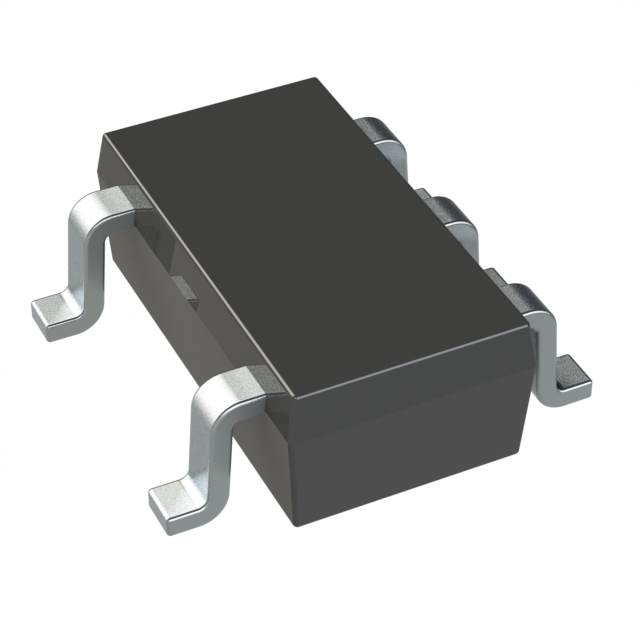
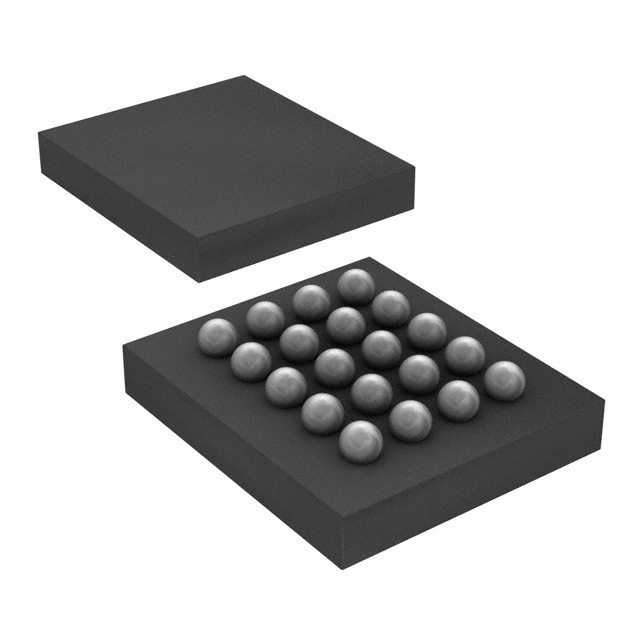
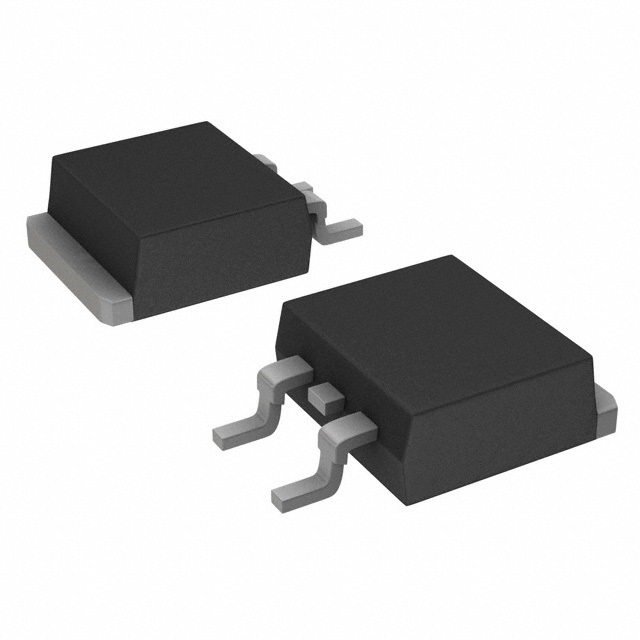

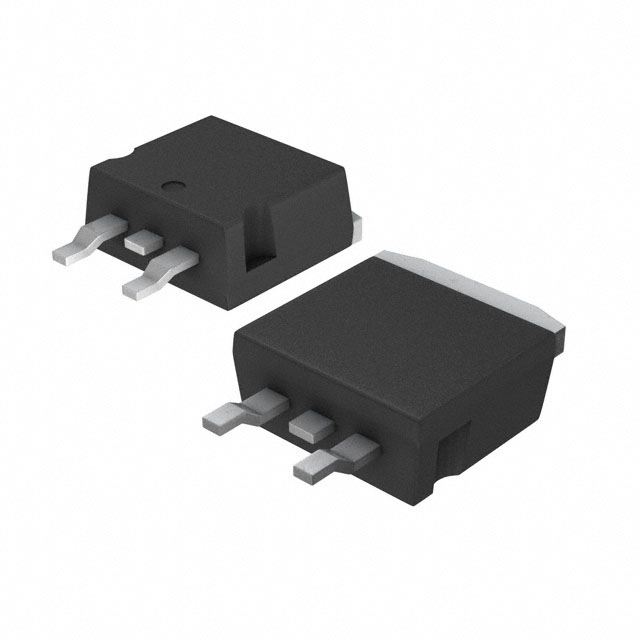
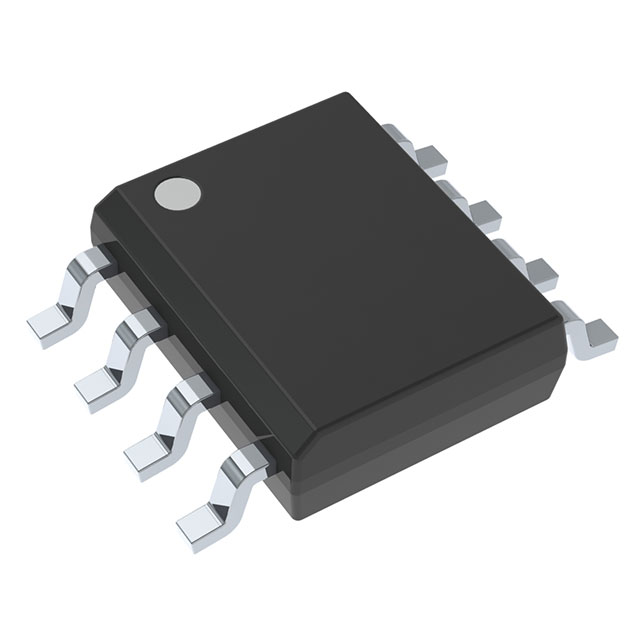
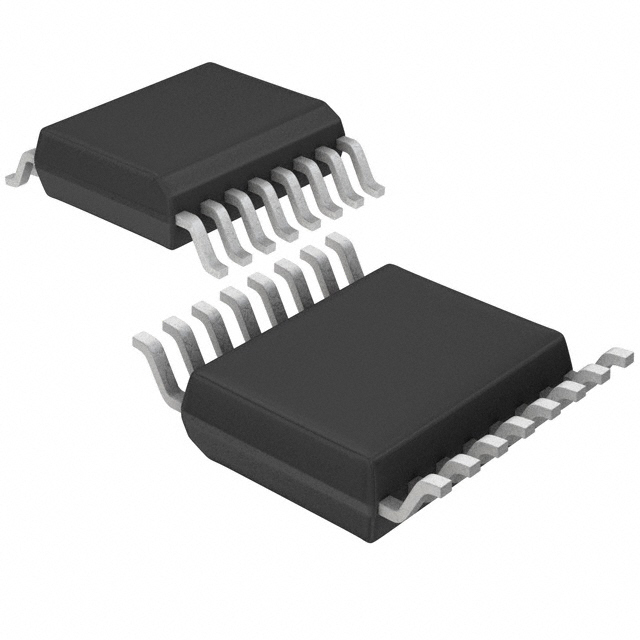
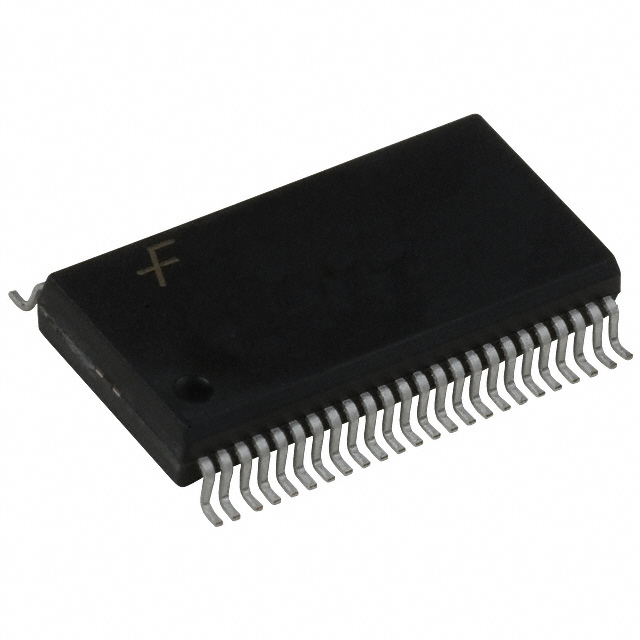








.png?x-oss-process=image/format,webp/resize,h_32)










